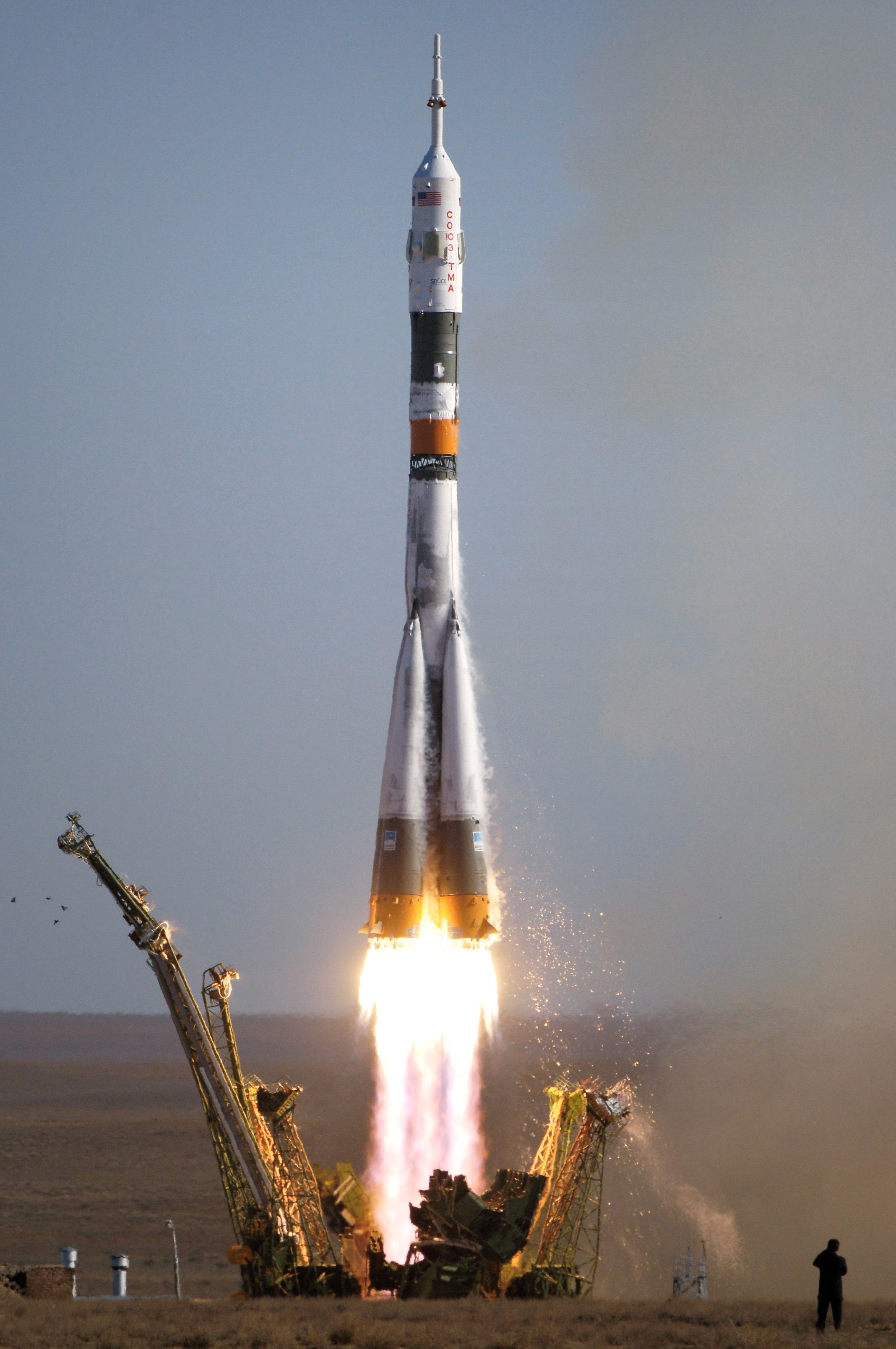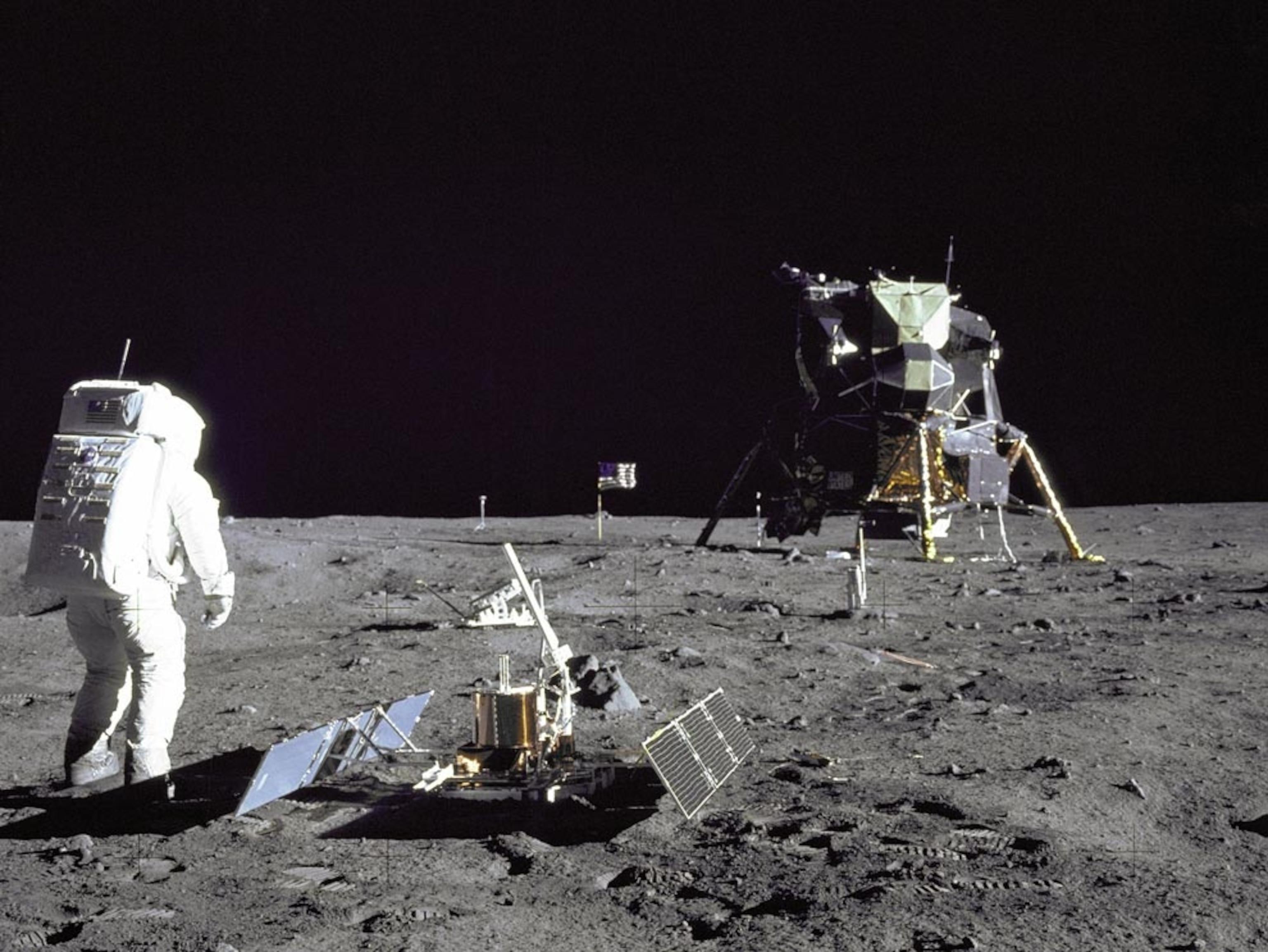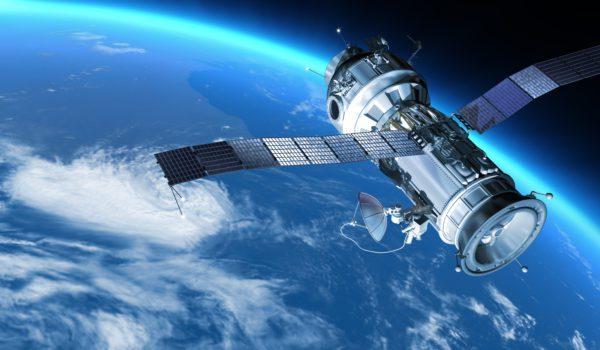As humanity stands on the precipice of a new era in space exploration, recent advancements have reignited public interest and scientific inquiry into the vast mysteries of the cosmos. From groundbreaking missions to Mars and innovative collaborations between government agencies and private enterprises, the field of space exploration is evolving at an unprecedented pace. This article delves into the latest developments, examining significant missions, technological breakthroughs, and international partnerships that are shaping the future of our journey beyond Earth. As we continue to push the boundaries of what is possible, these updates not only highlight our achievements but also underscore the challenges that lie ahead in our pursuit of knowledge about the universe.
Table of Contents
- Recent Breakthroughs in Rocket Technology Shaping Future Missions
- Insights into International Collaboration for Lunar and Martian Exploration
- Advancements in Space Robotics and Automation Enhancing Research Capabilities
- Emerging Trends in Space Policy and Commercial Investment Strategies
- Closing Remarks
Recent Breakthroughs in Rocket Technology Shaping Future Missions

In recent months, significant advancements in rocket technology have emerged, ensuring that humanity’s aspirations for deep space exploration are more tangible than ever. Companies like SpaceX have made headlines with successful tests of their next-generation Starship vehicles, aimed at not just lunar missions but also potential crewed Mars exploration. These advancements leverage reusable rocket technology to reduce costs and maximize efficiency, representing a paradigm shift in how we approach space travel. Key breakthroughs include:
- Increased payload capacity: The latest models demonstrate substantial capacity for both crew and cargo, optimizing mission profiles.
- Enhanced propulsion systems: Innovations in rocket engines allow for faster travel times and more flexible mission trajectories.
- Sustainable fuels: New developments focus on eco-friendly fuel sources to minimize the environmental impact of launches.
Moreover, international collaborations are rapidly taking shape, focusing on creating a unified approach to deep space missions. The Artemis program, led by NASA in partnership with space agencies from Europe, Japan, and Canada, emphasizes the creation of sustainable lunar bases before venturing to Mars. A recent table outlines the timeline and objectives of these collaborative efforts:
| Mission Phase | Key Objectives | Target Dates |
|---|---|---|
| Lunar Gateway Construction | Establish an orbiting lunar outpost | 2024-2028 |
| Artemis III | First crewed lunar landing in over 50 years | 2025 |
| Mars Human Missions | Preparatory missions and eventual crewed landings | 2030s |
Insights into International Collaboration for Lunar and Martian Exploration

International collaboration has become a cornerstone of lunar and Martian exploration as agencies from around the world recognize the value of working together for shared goals. Recent agreements among space agencies, including NASA, ESA, CNSA, and ISRO, demonstrate a commitment to pooled resources and expertise. Notable advancements in cooperative missions include:
- The Artemis Accords: A framework promoting safe and transparent exploration of the Moon, inviting countries and commercial partners to join.
- Moon Unlocked Consortium: A collaboration driven to create sustainable exploration strategies on the lunar surface.
- Mars Sample Return Mission: International partnerships in analyzing Martian soil samples are actively forming through shared technology and research initiatives.
The momentum surrounding these collaborative efforts is further strengthened by joint technological developments and innovations. The establishment of the Lunar Gateway, a space station orbiting the Moon to support deep space missions, will allow various nations to contribute modular components and conduct scientific research. The following table illustrates some key participants and their roles in upcoming exploration missions:
| Country/Organization | Primary Role | Key Mission |
|---|---|---|
| NASA | Lead Mission Planning | Artemis Lunar Missions |
| ESA | Provide Orion Service Module | Lunar Gateway Support |
| CNSA | Develop Lunar Rover Technology | International Lunar Research |
| ISRO | Satellite Communications | Mars Orbiter Contributions |
Advancements in Space Robotics and Automation Enhancing Research Capabilities
Recent strides in space robotics and automation are revolutionizing how scientists approach research in the cosmos. With the integration of advanced robotic systems, missions can now be executed more efficiently and with greater precision than ever before. These technologies allow for remote operations, enabling scientists to conduct experiments and gather data from extreme environments without the constant need for human presence. Key innovations include:
- Autonomous Rovers: Capable of navigating and conducting scientific experiments on planetary surfaces without direct human oversight.
- Robotic Arms: Used on spacecraft for tasks such as repair, assembly, and maintenance, extending the lifespan of missions.
- AI-Powered Analysis: Leveraging machine learning to process enormous datasets collected from space quickly and accurately.
This enhanced capability is exemplified by recent projects, such as NASA’s Perseverance rover, which employs sophisticated autonomous navigation systems and robotic technology to explore Mars. The collaboration between human expertise and robotic efficiency is leading to breakthroughs in areas such as astrobiology and geology. Moreover, with upcoming missions planned to the Moon and beyond, the reliance on innovative automation is expected to further accelerate our understanding of celestial bodies, as demonstrated in the following table:
| Mission | Robotic Innovations | Primary Objectives |
|---|---|---|
| Artemis I | Autonomous flight systems | Lunar orbit and surface exploration |
| Mars Sample Return | Sample collection and retrieval robots | Return samples to Earth for analysis |
| Europa Clipper | Advanced imaging and sensing technology | Investigate potential habitability of Jupiter’s moon |
Emerging Trends in Space Policy and Commercial Investment Strategies
As the landscape of space exploration evolves, new trends in policy and commercial investment are shaping the future of the industry. Governments are increasingly recognizing the importance of partnerships with private entities, prompting reforms that facilitate collaboration. Policies that support innovation include:
- Streamlined Regulatory Frameworks: Simplifying the approval processes for new space ventures.
- Incentives for Investment: Tax breaks and funding opportunities for companies focusing on space technologies.
- International Collaborations: Expanding partnerships with foreign nations to share resources and expertise.
Investment strategies are also adapting to exploit emerging markets. Investors are focusing on sectors such as satellite technology, space tourism, and asteroid mining, which promise substantial returns. Key indicators of this shift include:
| Sector | Investment Focus | Projected Growth |
|---|---|---|
| Satellite Technology | Launch and Communication Solutions | 15% CAGR |
| Space Tourism | Commercial Flights and Experiences | 25% CAGR |
| Asteroid Mining | Resource Extraction Innovations | 30% CAGR |
Closing Remarks
As we close our exploration of the latest developments in space exploration, it is clear that humanity stands at the brink of a new era in our quest to understand the cosmos. From groundbreaking missions targeting the Moon and Mars to innovative technologies enhancing our observational capabilities, every advancement brings us closer to unraveling the mysteries of the universe.
The collaboration between government agencies, private companies, and international partnerships is paving the way for unprecedented discoveries, pushing the boundaries of what we once thought possible. As we eagerly anticipate future launches and explorations, it is essential to remain informed and engaged with these transformative initiatives that promise to shape the future of space travel and scientific discovery.
The pursuit of knowledge in space continues to inspire generations, reminding us of our shared responsibility to protect our planet while reaching for the stars. Stay tuned for further updates as we continue to monitor these exciting developments that will undoubtedly redefine our place in the universe.



